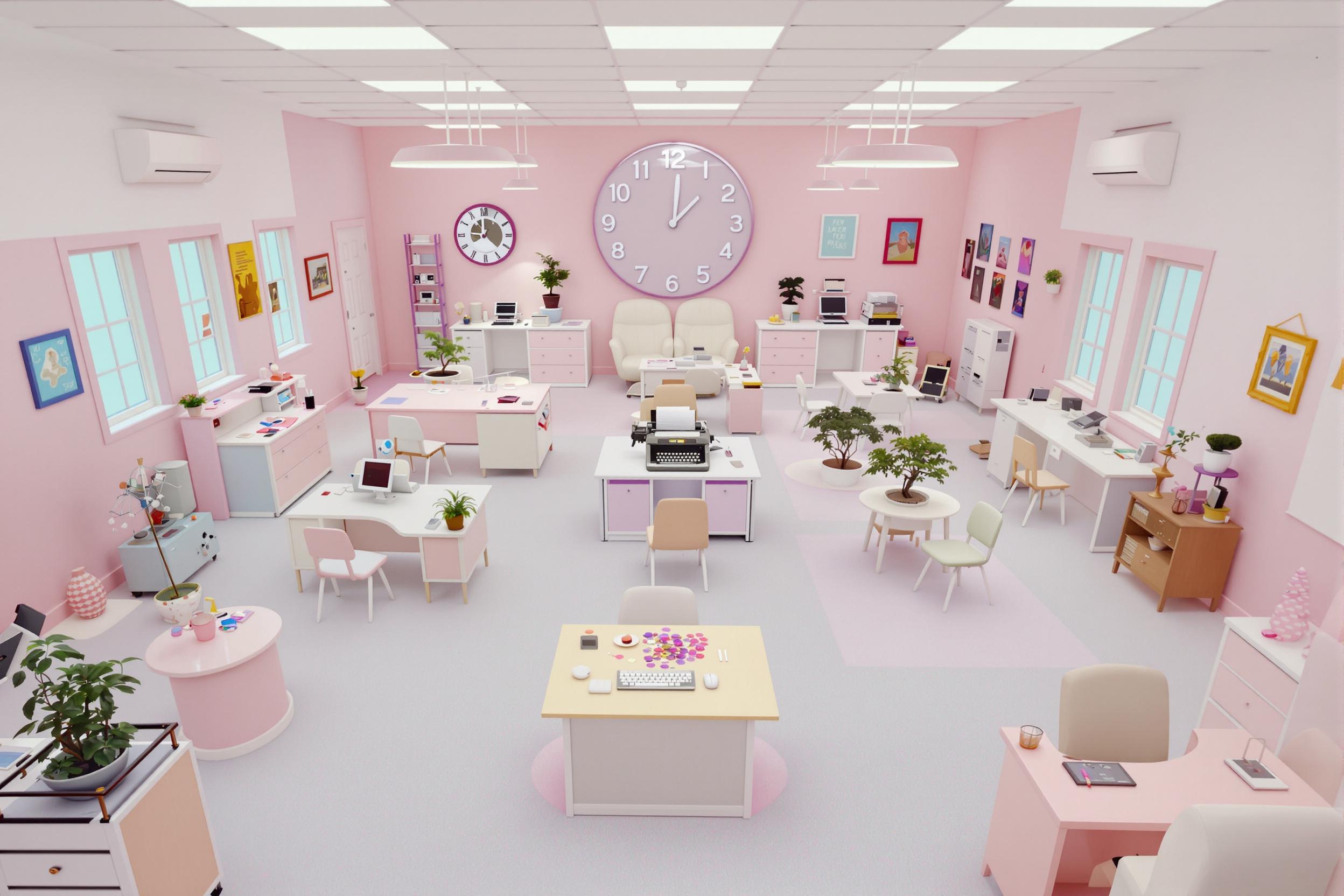
Green Screen
Green Screen is a filming technique where actors perform in front of a bright green background, which can later be replaced with any scene or special effects during editing. It's also known as "chroma key" or "chromakey." This is like having a magical backdrop that can be changed to anything - from exotic locations to fantasy worlds. Film crews use this method to create scenes that would be too expensive, dangerous, or impossible to film in real life. Think of it as a blank canvas that allows filmmakers to add whatever background they want after filming.
Examples in Resumes
Directed 20+ commercials using Green Screen and Chroma Key techniques
Managed Green Screen studio setup and lighting for major TV series
Supervised post-production editing of Chroma Key footage for feature films
Typical job title: "Green Screen Technicians"
Also try searching for:
Where to Find Green Screen Technicians
Online Communities
Job Boards
Professional Networks
Example Interview Questions
Senior Level Questions
Q: How do you handle complex green screen shoots with multiple actors?
Expected Answer: A senior professional should discuss lighting techniques, camera positioning, space management, and how to direct actors to interact with imaginary elements that will be added later.
Q: What's your approach to solving common green screen lighting problems?
Expected Answer: Should explain how to avoid green spill (when the green reflects onto actors), proper distance between subject and screen, and how to maintain even lighting across the backdrop.
Mid Level Questions
Q: What factors do you consider when setting up a green screen shoot?
Expected Answer: Should mention proper screen tension, lighting placement, subject distance from screen, and camera settings that help achieve clean footage for editing.
Q: How do you ensure the best quality footage for post-production?
Expected Answer: Should discuss proper exposure, avoiding wrinkles in the screen, maintaining consistent lighting, and communication with post-production team about their needs.
Junior Level Questions
Q: What is the difference between green and blue screens?
Expected Answer: Should explain that green is more commonly used because digital cameras are more sensitive to green, but blue might be better when filming subjects wearing green clothing.
Q: What basic equipment is needed for a green screen setup?
Expected Answer: Should list essential items like the screen material, proper lighting, stands, and basic knowledge of camera settings for best results.
Experience Level Indicators
Junior (0-2 years)
- Basic green screen setup and maintenance
- Understanding of fundamental lighting principles
- Basic camera operation
- Simple post-production software use
Mid (2-5 years)
- Advanced lighting techniques
- Problem-solving during shoots
- Working with directors and talent
- Strong understanding of post-production needs
Senior (5+ years)
- Complex shoot management
- Technical troubleshooting
- Team supervision
- Budget planning and equipment selection
Red Flags to Watch For
- No hands-on experience with actual green screen setups
- Lack of understanding about lighting principles
- No knowledge of post-production workflow
- Poor communication skills with creative team members
Need more hiring wisdom? Check these out...

Step Into Our World: How Pre-Recorded Virtual Workplace Tours Are Changing The Recruitment Game

Virtual Reality in Certification Exams: How VR is Transforming Specialized Training

Global Compliance Checks: The Hidden Puzzle Pieces of Background Screening Revealed

